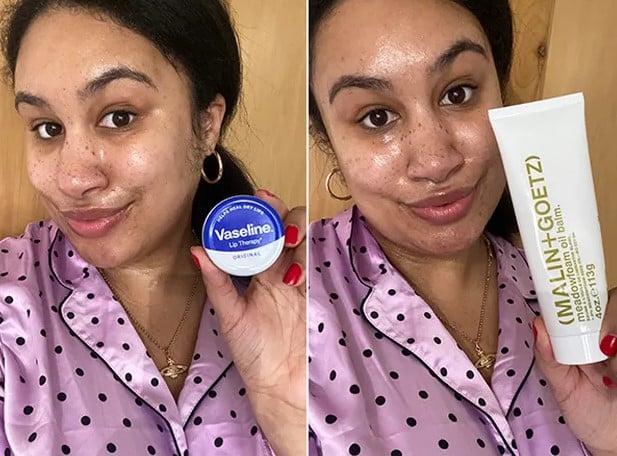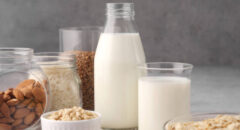
To slug or not to slug? That’s the question for millions of TikTok users, who turn to the social media giant for tips and information on what amounts to a DIY skincare phenomenon.
What is slugging?
Slugging involves slathering some sort of sealing agent — like Vaseline or another petroleum-based ointment — onto the skin (think back to when you were a young kid and your mom would grease your face down with a ton of vaseline).
What’s the problem with that? New research warns that the majority of TikTok posts focused on the wrinkle-reducing practice are medically unreliable, hyping the benefits while downplaying the risks.
The goal of slugging, explains study lead author Kyla Pagani, is “to help moisturize and strengthen the skin barrier,” for those battling dryness, irritation or inflammation.
The idea is not medically unsound, stresses Pagani, who conducted her research while a medical student in the Department of Dermatology at the Beth Israel Deaconess Medical Center in Boston.
RELATED: 7 Facts Blacks Should Know About Their Skin
How safe is it?
“I’ve heard some dermatologists speak very highly about it, most often for addressing eczema on the hands,” she adds. “It definitely does have benefits.”
“Petroleum jelly is a simple and very occlusive ointment,” dermatologist Amy Kassouf, MD, explains. That means that it forms a protective layer on the surface of your skin — and that protective layer, in turn, helps seal in hydration and keep your skin from drying out.
Here’s exactly how petroleum jelly can benefit our skin according to Dr. Kassouf:
- Moisturizes: “The retained hydration can fill the epidermis like a sponge, thickening it and making it more pliable and elastic,” she says.
- Protects: That barrier keeps water in — and keeps bad stuff out. “It can help prevent outside molecules from entering the skin and causing irritation or an immune reaction,” Dr. Kassouf says.
- Repairs damage: If your skin is dehydrated, a coating of petroleum jelly at night can help prevent further water loss from the skin and allow it to repair itself.
But it also has potential downsides, says Pagani, such as








